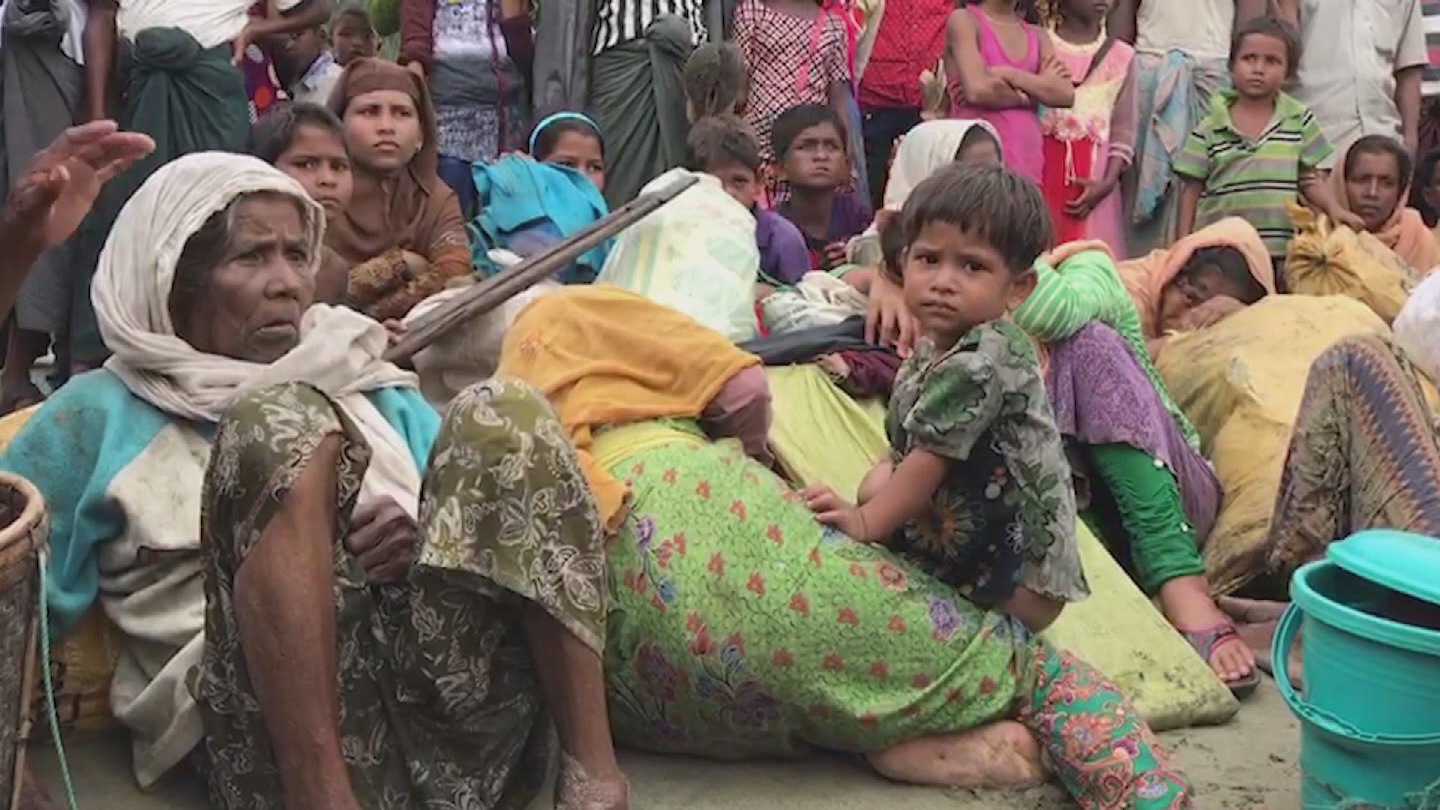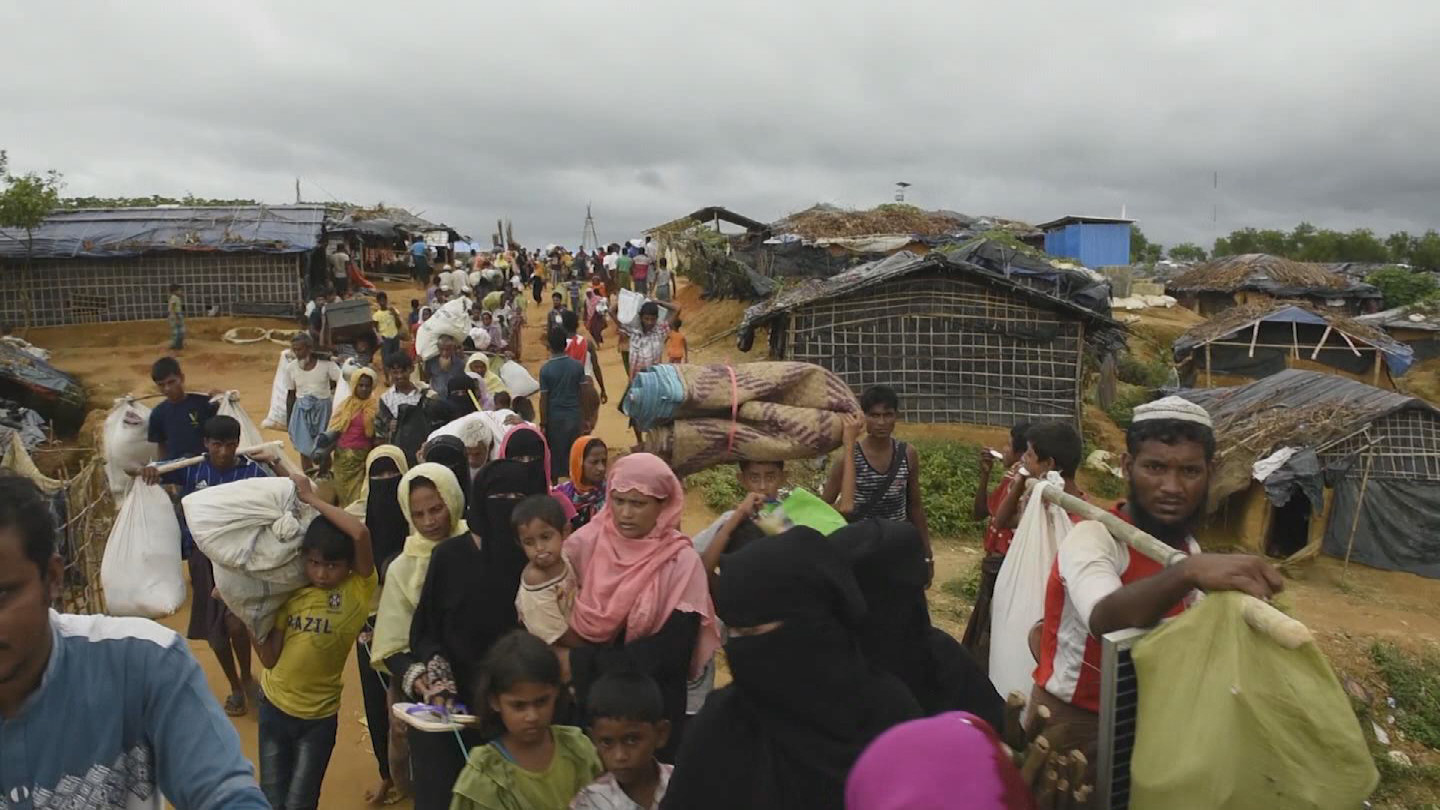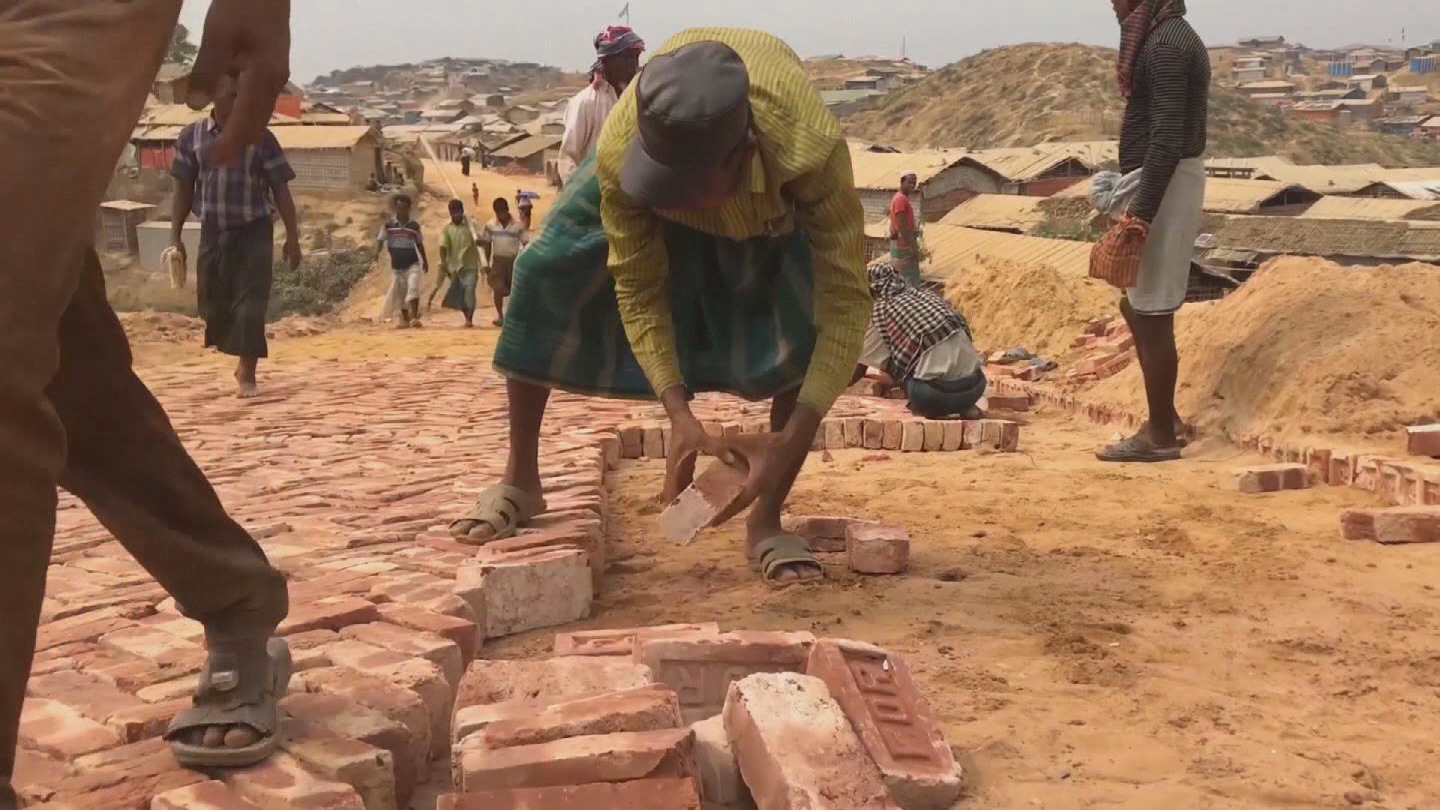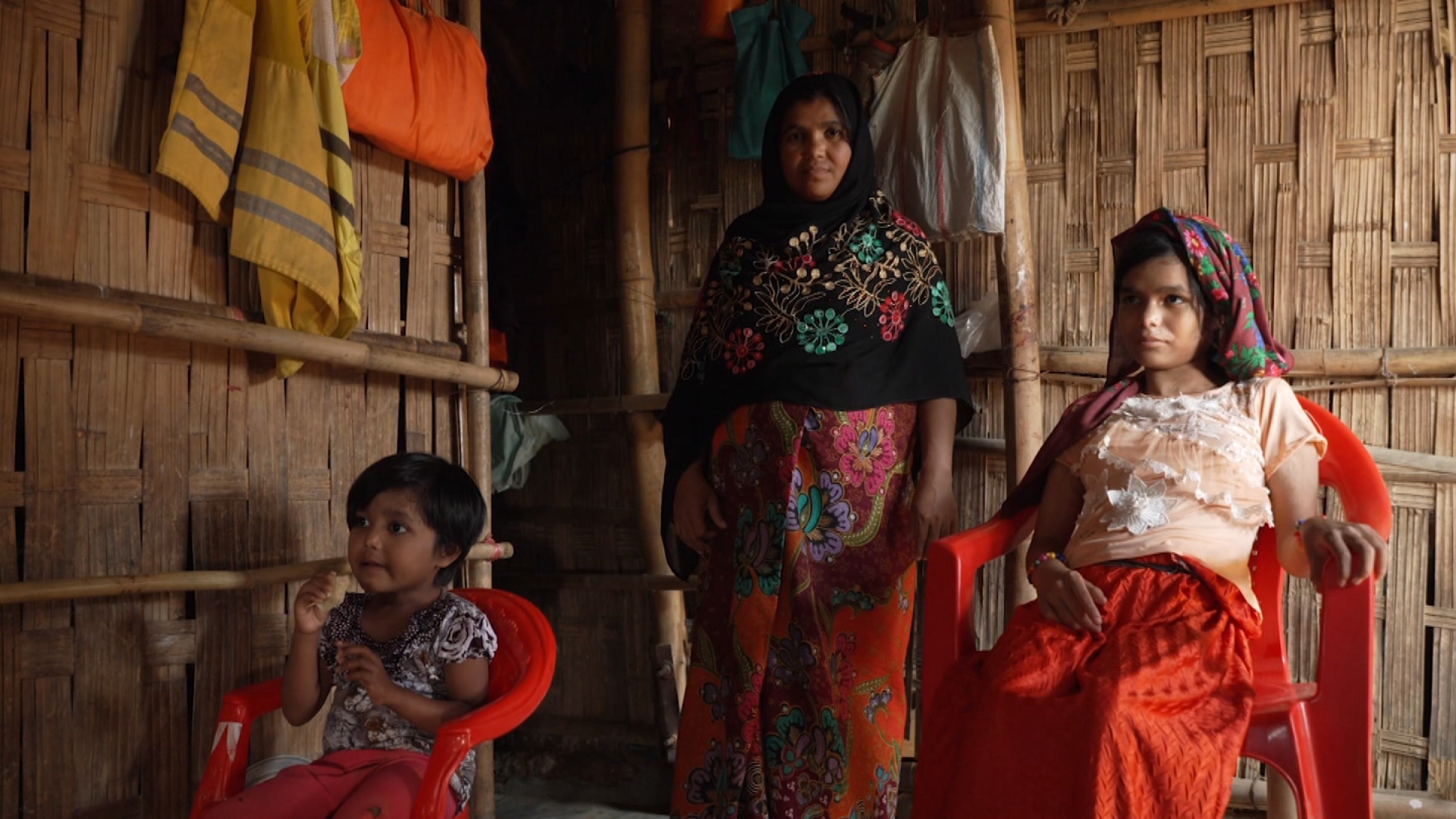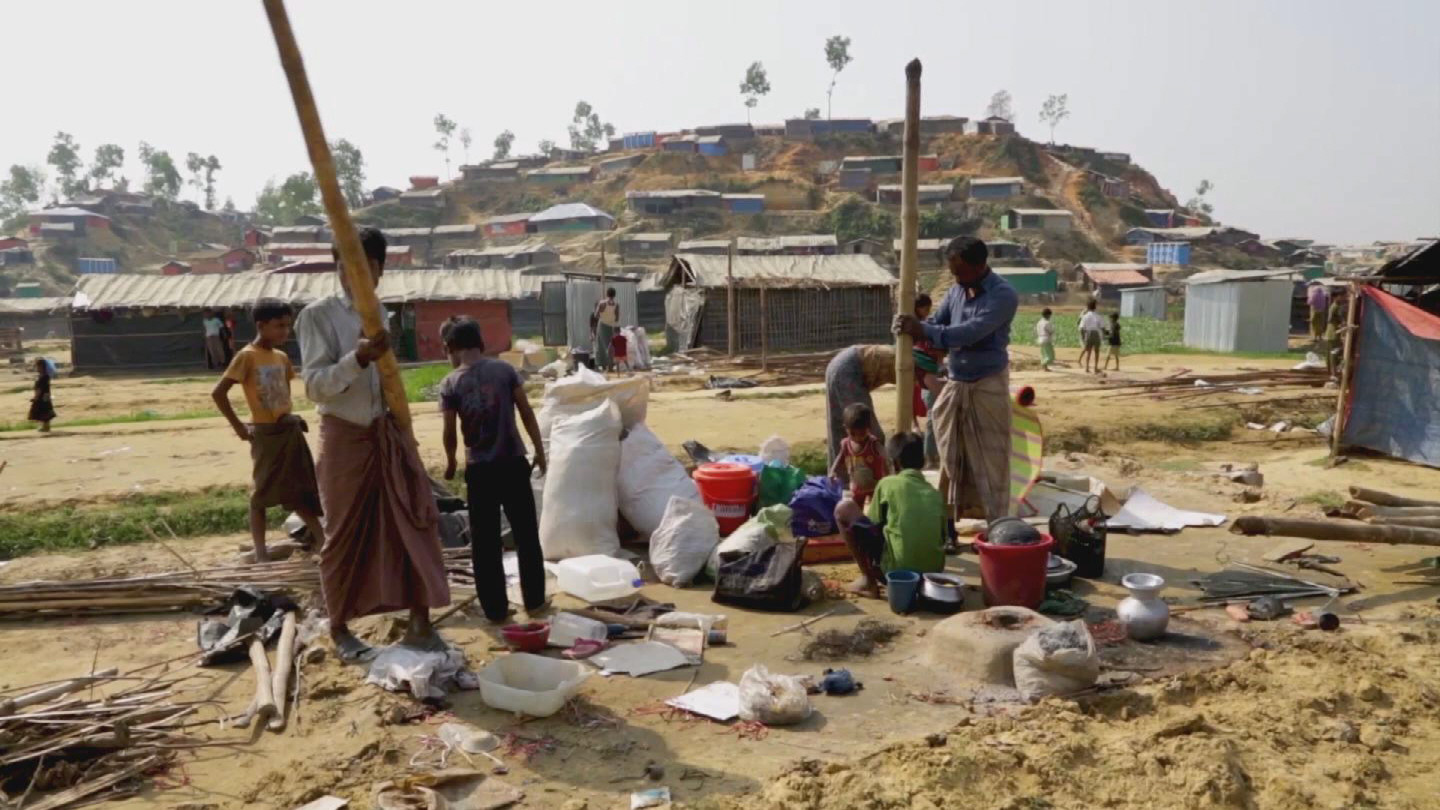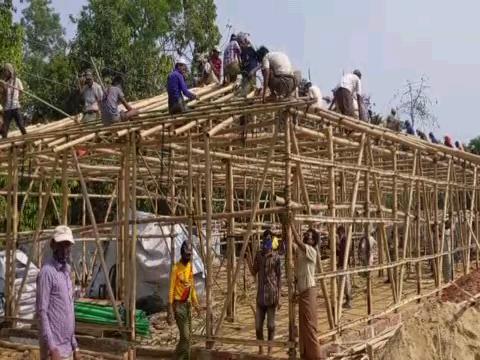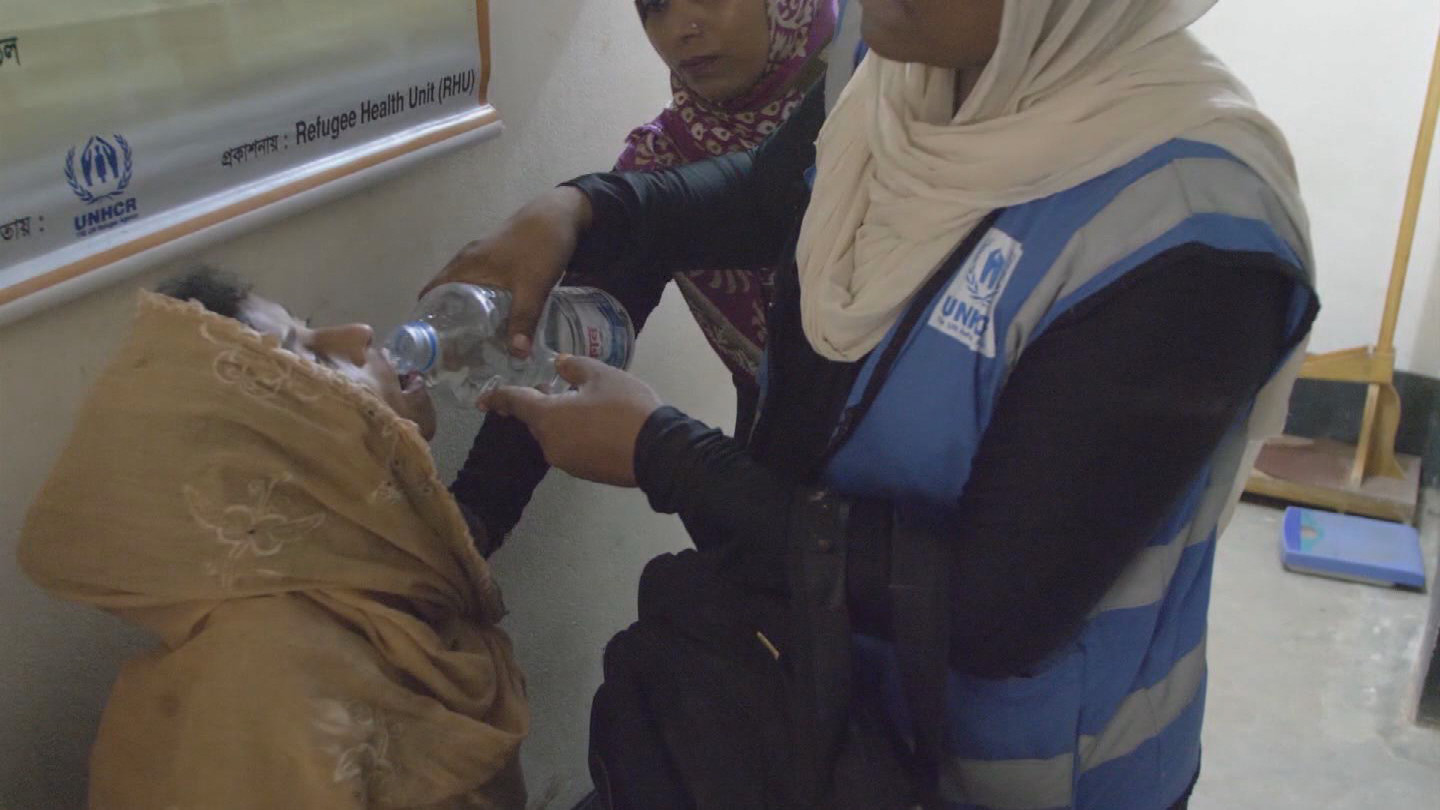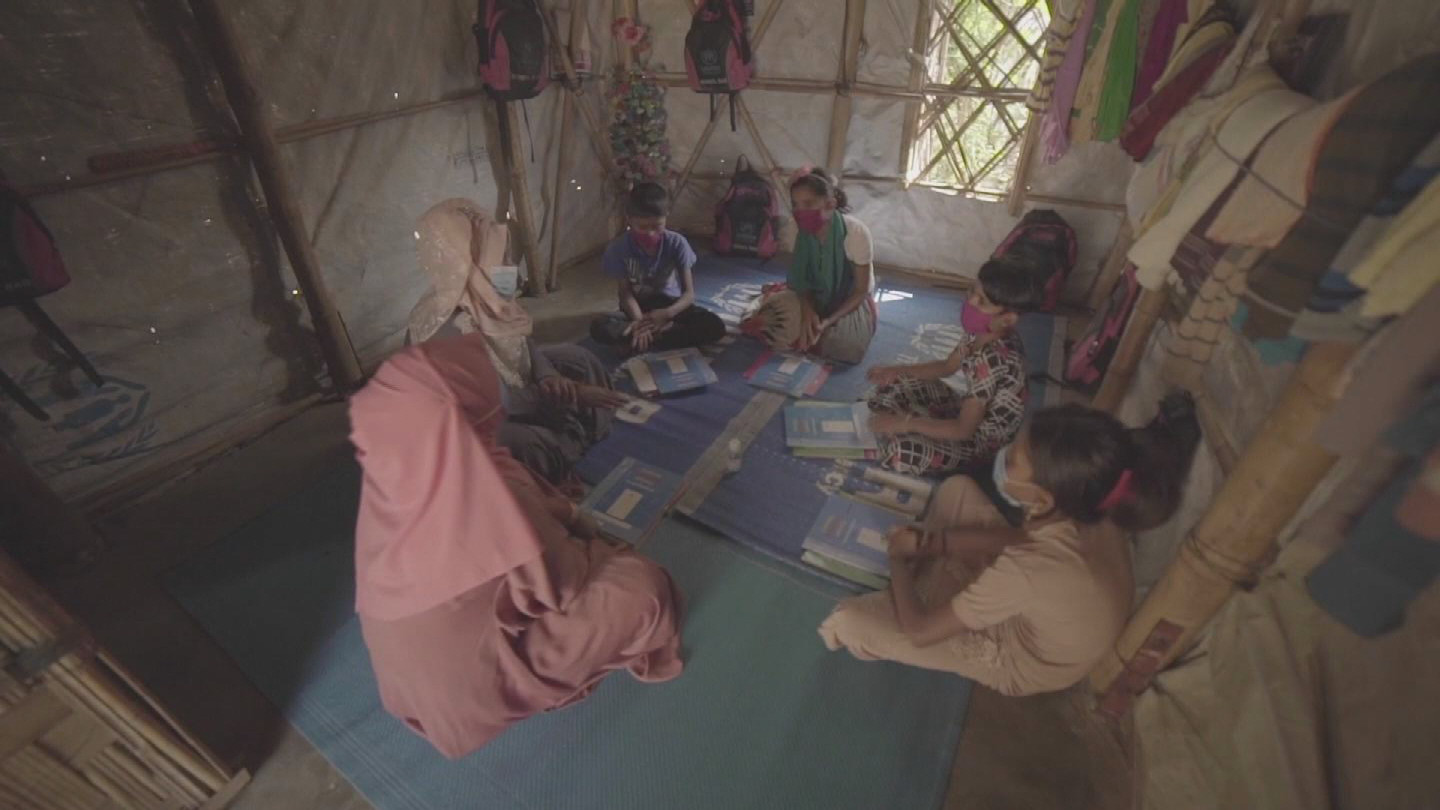Unifeed
BANGLADESH / ROHINGYA MONSOON THREAT
STORY: BANGLADESH / ROHINGYA MONSOON THREAT
TRT: 1:48
SOURCE: UNHCR
RESTRICTIONS: PLEASE CREDIT UNHCR ON SCREEN
LANGUAGE: ENGLISH /NATS
DATELINE: 1 FEBRUARY 2018, KUTAPALONG REFUGEE SETTLEMENT, COX’S BAZAR, BANGLADESH
1. Various shots, aerial shots of the camp
2. Various shots, camp
3. Med shot, old woman climbing steep hill
4. Various shots, kids carrying firewood
5. Wide shot, camp
6. SOUNDBITE (English) Caroline Gluck, UNHCR Senior Public Information Officer:
“UNHCR is concerned that heavy monsoon rains and floods could bring about a new humanitarian crisis in the refugee settlements here. The sites are heavily congested and families have been building their houses where they’d managed to find available land and that includes on steep hillsides. And the problem is that this could be a high risk of being washed away in any landslide.”
7. Wide shot, men carrying bamboo sticks uphill
8. Pan left, from UNHCR official to workers
9. Med shot, man digging
10. Tilt up, men building new foot paths with sandbags
11. Various shots, men building new bamboo bridges
12. Various shots, refugee family building new shelter with sandbags
13. Wide shot, camp
United Nations Refugee Agency (UNHCR) warned that the coming monsoon season in Bangladesh could put protection of Rohingya refugees at serious risk.
UNHCR and its partners are ramping up efforts to mitigate some of the expected impacts of the upcoming monsoon season in Bangladesh. The adverse weather conditions , including potential cyclones, could bring tens of thousands of Rohingya refugees staying at the highly congested settlements in Cox’s Bazar district at serious risk.
The Government of Bangladesh has acknowledged and committed to addressing these concerns while UN and humanitarian partners have set up an emergency preparedness group to co-ordinate these efforts.
The findings of an initial risk analysis, mapping the world’s largest refugee settlement area in Kutapalong and Balukhali which shelter more than 569,000 refugees, indicate that at least 100,000 people could be in grave danger from landslides and floods.
The assessment, carried out by UNHCR, IOM, REACH and the ADPC, the Asian Disaster Preparedness Center, working closely with experts at Dhaka University, suggests that up to one-third of the settlement area could be flooded. As a result, more than 85,000 refugees could lose their shelters. Another 23,000 refugees living on steep slopes within the site could be at risk of landslides.
In addition, key services in the settlement, installed by humanitarian agencies, working with the Government of Bangladesh, are also at risk of being washed away, including latrines, washrooms, tube wells, and health centres.
Access roads into the settlements could be blocked and inaccessible to vehicles, making it hard to provide emergency aid. There is also a high risk for public health situation, especially of outbreaks of communicable diseases.
UNHCR has already taken a number of steps to better protect refugees. They include providing families with upgraded shelter kits, including biodegradable sandbags to help to anchor the structures, which are sturdier and can better protect them in heavy rains.
Several engineering projects are also underway to build bamboo-reinforced footpaths and stairs, raised bridges, bamboo/brick/concrete retaining walls for soil stabilisation and drainage networks.
The large-scale mechanised work is scheduled to start within the next few weeks to level some of the steep hilltops in order to reduce the risk of landslides, as well as to increase the amount of useable area. In addition, we will start to relocate some families living in the most precarious parts of the camp, who are most at-risk of landslides.
Early warning systems are also being put in place, with public information campaigns also underway to alert the refugee population of the risks they could face. The refugees lived in low-lying plains in the Maungdaw area of the Rakhine State in Myanmar and have not previously experienced landslides.
UNHCR is also working with the Bangladeshi authorities and other key operational agencies in the refugee settlements to pre-position materials and heavy-lifting machinery.
Download
There is no media available to download.
